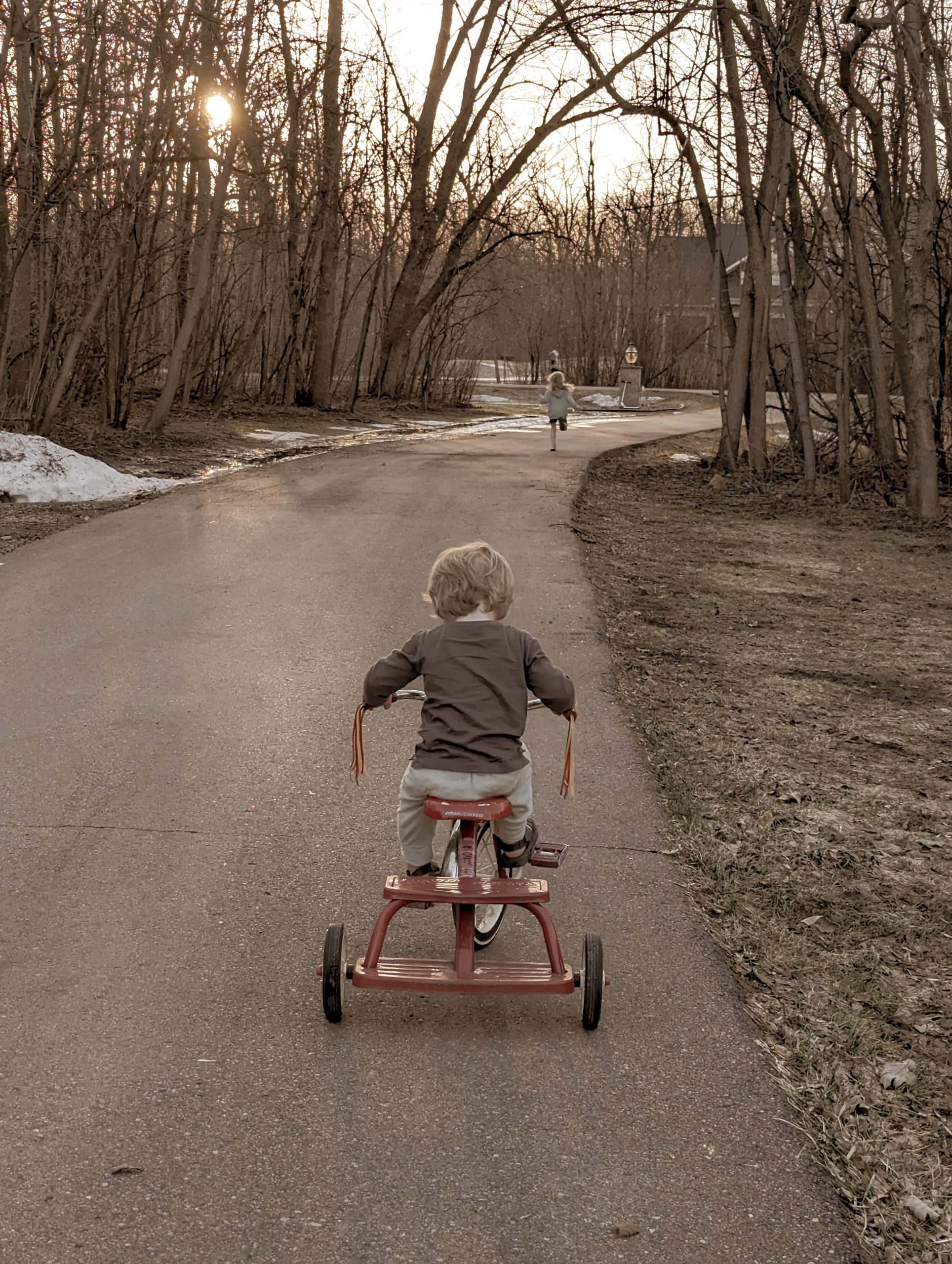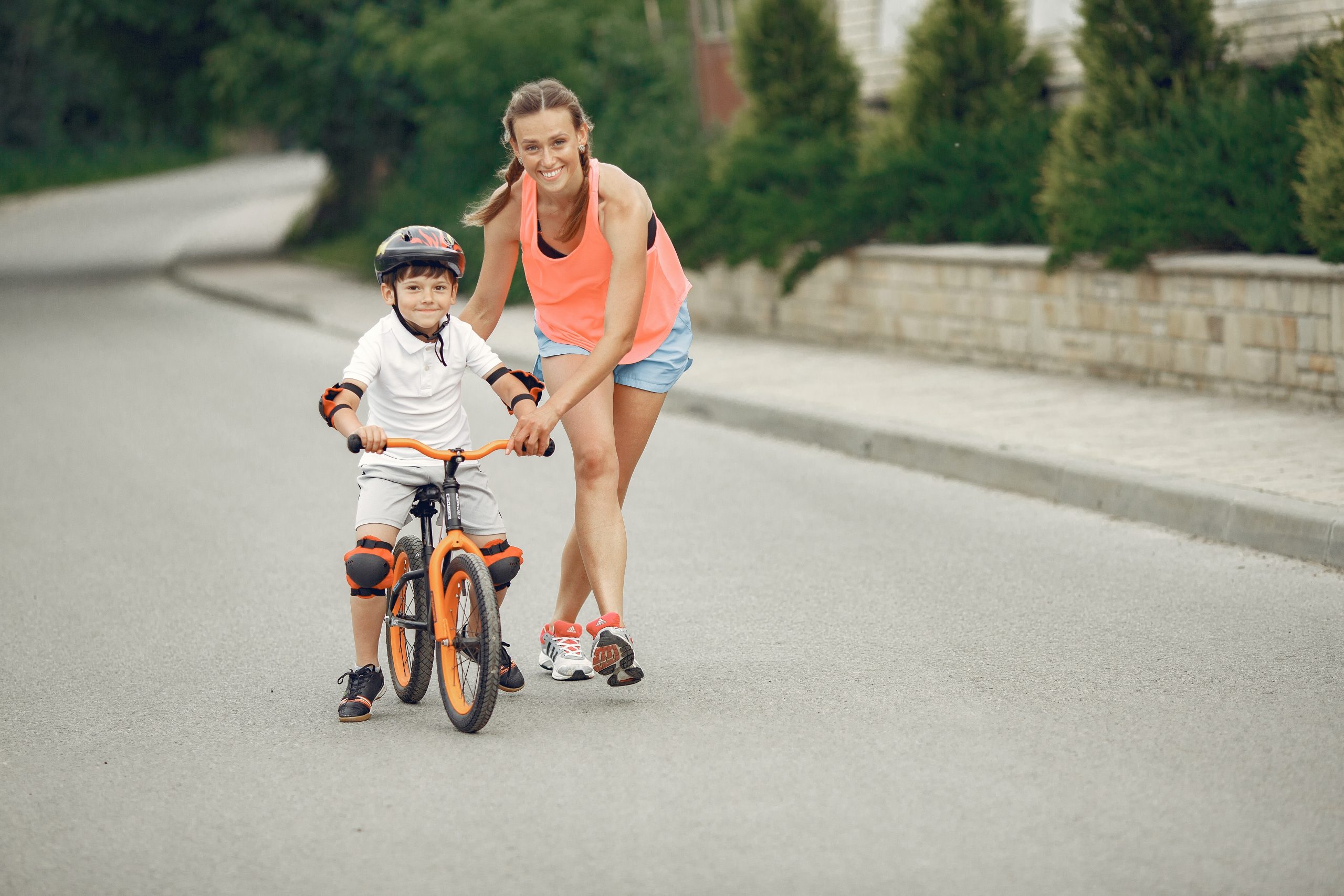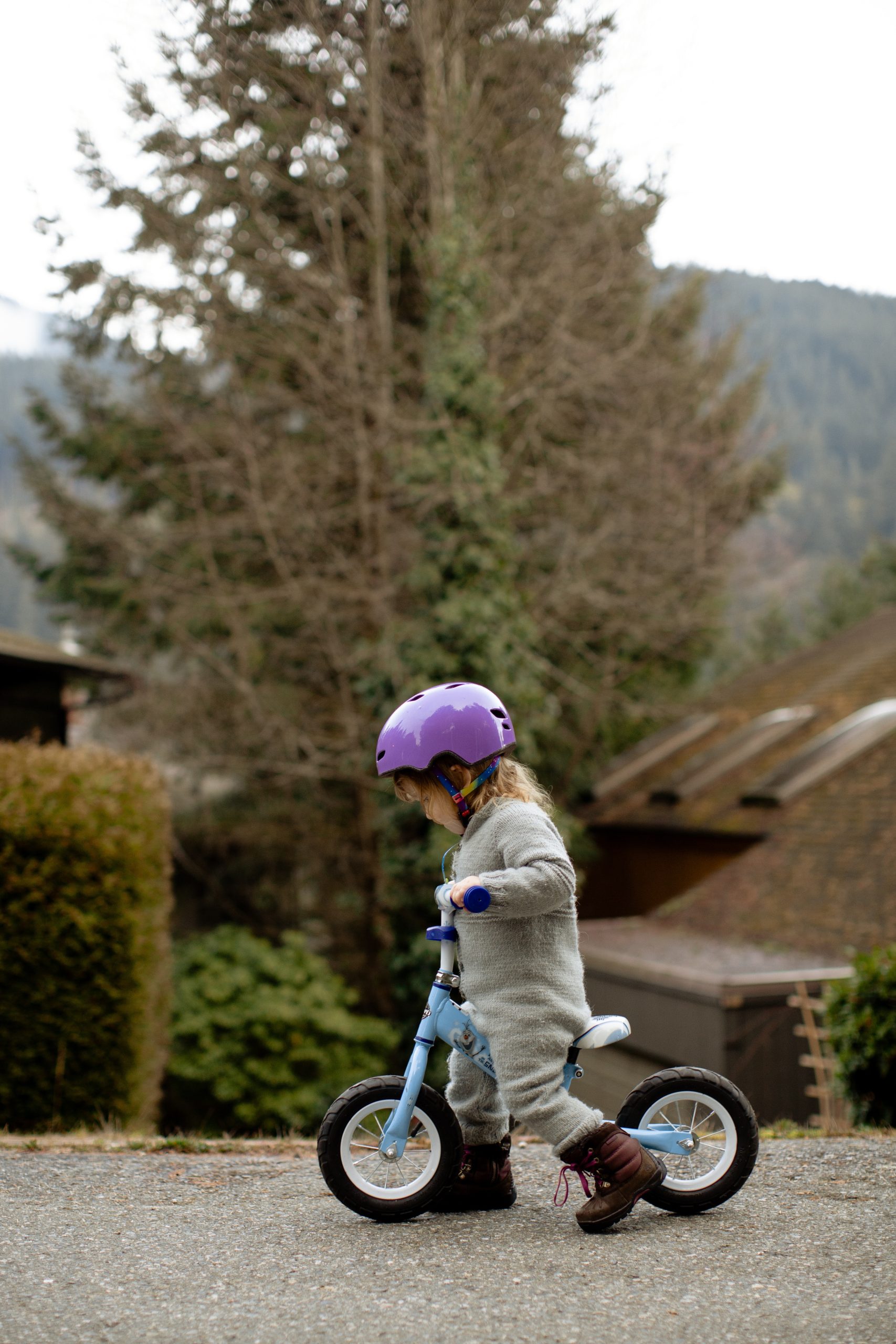Introduction: Embracing the Joy of Cycling: Why it’s a Fun Activity for Kids and Choosing the Right Bicycle
Cycling is more than just a means of transportation; it is an exciting and enjoyable activity that can bring immense joy to children. From the freedom of pedaling through the neighborhood to the thrill of exploring new trails, cycling offers a multitude of benefits for kids, both physically and mentally. In this article, we will explore why cycling is a fun and engaging activity for children, as well as provide valuable insights on choosing the right bicycle for your little ones.
1. Emphasizing Fun and Adventure
For kids, cycling is an adventure waiting to unfold. It ignites their imagination and allows them to experience the world around them in a unique way. Whether they are pretending to be racing through a magical forest or embarking on a thrilling expedition, cycling offers endless possibilities for creativity and fun.
2. Promoting Physical Fitness
In an age where technology often dominates children’s leisure time, cycling provides a refreshing opportunity to engage in physical activity. Riding a bicycle helps develop cardiovascular fitness, strengthens muscles, improves balance and coordination, and enhances overall motor skills. It’s a fantastic way to keep your child active and promote a healthy lifestyle.
3. Building Confidence and Independence
Cycling empowers children by giving them a sense of independence and accomplishment. As they learn to ride a bike and gain confidence in their abilities, they become more self-assured and eager to explore their surroundings. This newfound independence fosters a sense of responsibility and decision-making skills, further boosting their overall development.
4. Connecting with Nature
Cycling allows children to connect with nature and appreciate the beauty of the outdoors. Whether they are exploring local parks, and scenic trails or simply cruising along tree-lined streets, they have the opportunity to observe and appreciate the wonders of the natural world. This connection with nature can foster a love for the environment and instill a sense of environmental responsibility in children from a young age.
Choosing the Right Bicycle for Kids Cycling
When it comes to purchasing a bicycle for your child, it’s essential to consider their age, size, and skill level. Here are some key factors to keep in mind:
1. Size and Fit: Ensure that the bike is the right size for your child. They should be able to comfortably reach the handlebars and place their feet flat on the ground when seated.
2. Training Wheels vs. Balance Bikes: For younger children who are just starting out, balance bikes can be a great option. They help children develop balance and coordination before transitioning to a pedal bike. Training wheels can also provide support during the learning process, but they should be gradually adjusted to encourage balance.
3. Safety Features: Look for bicycles with essential safety features such as reflectors, bells, and working brakes. Additionally, consider purchasing a helmet and other protective gear to ensure your child’s safety while cycling.
4. Durability and Quality: Invest in a bicycle that is durable and made of high-quality materials. This will ensure longevity and withstand the wear and tear of regular use.
Cycling is a fun and engaging activity that offers numerous benefits for children. From the joy of exploration to the development of physical fitness and independence, it plays a crucial role in a child’s overall development. By choosing the right bicycle and promoting a safe and enjoyable cycling experience, you can create lasting memories and instill a love for cycling that will stay with your child throughout their lives.
If you want the best bicycle for kids cycling, you can buy here at THE LOCAL BIKE SHOP
Pedaling with Precaution – Kids Cycling for Safety
As we know the positive aspects of cycling in this section, we will unravel the Most Common Causes of Accidents When Cycling with Children.
1. Lack of Proper Protective Gear
One of the leading causes of accidents when cycling with children is the absence or improper use of protective gear. Helmets, in particular, are essential to safeguarding your child’s head in case of a fall or collision. Ensure that your child wears a properly fitting helmet that meets safety standards. Additionally, knee and elbow pads can provide extra protection, especially for younger riders who are still mastering their balance and coordination.
2. Inadequate Cycling Skills and Training
Children, especially those new to cycling, may lack the necessary skills and experience to navigate through various riding conditions safely. A lack of training in basic cycling techniques, such as balancing, braking, and turning, can increase the risk of accidents. Before embarking on a cycling adventure, it is crucial to teach your child the fundamentals of safe cycling. Start with simple maneuvers in a controlled environment, gradually introducing them to more challenging terrains as their skills improve.
3. Distracted Riding
Distractions can prove to be hazardous when cycling, particularly with children. Kids can easily get engrossed in conversation or become captivated by the surroundings, taking their focus away from the road ahead. It is vital to emphasize the importance of paying attention while cycling and discourage the use of electronic devices or engaging in distracting activities while on the bike. Please encourage your child to maintain a constant awareness of their surroundings and clearly signal their intentions to other cyclists and pedestrians.
4. Lack of Visibility
Visibility plays a significant role in preventing accidents, especially during low-light conditions or in heavy traffic areas. Insufficiently visible cyclists are more likely to be involved in collisions with vehicles or other cyclists. Outfit your child’s bike with reflectors, lights, or reflective clothing to enhance their visibility, especially at dawn, dusk, or during nighttime rides. Bright-colored clothing or accessories can also make them more easily noticeable to others sharing the road.
5. Neglecting Road Rules and Etiquette
Teaching your child about road rules and etiquette is essential for their safety while cycling. Instill the significance of obeying traffic signals, stopping at intersections, and yielding to pedestrians. Encourage them to ride in a predictable manner, staying on the correct side of the road, and using proper hand signals when turning or changing lanes. By following these guidelines, your child can minimize the risk of collisions with vehicles and other cyclists.
Cycling with children can be a delightful and enriching experience, fostering a love for physical activity and the great outdoors. However, ensuring their safety should always be the utmost priority. By being aware of the most common causes of accidents when cycling with children and implementing proper safety measures, we can significantly reduce the risk of mishaps. Equip your child with appropriate protective gear, teach them essential cycling skills, and emphasize the importance of staying focused and visible on the road. By following these cycling safety tips, you can enjoy countless memorable rides with your children, fostering their love for cycling while keeping them safe and secure.
Tip 1 – Wear a Properly Fitted Helmet at All Times
The first and most crucial tip for cycling with children is to ensure they always wear a properly fitted helmet. A helmet is the most effective way to protect the head in case of a fall or collision. When purchasing a helmet, make sure it meets safety standards and fits your child correctly. The helmet should sit level on the head, covering the forehead and not tilting backward or forward. The straps should be securely fastened, forming a V-shape under their ears. Regularly check the helmet for any signs of damage or wear and replace it if necessary. By making helmet-wearing a non-negotiable rule, you establish a safety mindset that will stay with your child as they grow.
Tip 2 – Wear Reflective Clothing & Accessories
Visibility is key to cycling safety, especially when riding in low-light conditions or areas with heavy traffic. Equip your child with reflective clothing and accessories to enhance their visibility to other road users. Reflective vests, armbands, and ankle straps are excellent options for making them more noticeable, particularly during dawn, dusk, or nighttime rides. Choose bright-colored clothing for added visibility during the day. By ensuring your child can be seen by others, you greatly reduce the risk of accidents caused by drivers not spotting them in time.
Tip 3 – Teach Your Child the Rules of the Road & Practice Cycling Together
To ensure your child’s safety while cycling, it is essential to teach them the rules of the road and practice cycling together. Familiarize yourself and your child with local bicycle laws and regulations specific to children. Teach them to obey traffic signals, stop at intersections, and yield to pedestrians. Show them how to use proper hand signals when turning or changing lanes. Make cycling a family activity by going on rides together, allowing you to observe and guide your child’s behavior on the road. By instilling good habits early on, you empower your child to become a responsible and confident cyclist.
Tip 4 – Make Sure You’re Visible to Other Drivers on The Road
In addition to your child’s visibility, it is equally important for you as the adult cyclist to be visible to other drivers on the road. Position yourself and your child appropriately, especially when riding in traffic. Stay on the right side of the road, use bike lanes where available, and avoid weaving between parked cars. Dress yourself and your child in bright, easily noticeable clothing. To draw attention, equip your bike with front and rear lights, reflectors, and bells. By ensuring that both you and your child are visible, you minimize the risk of collisions with unaware motorists.
Tip 5 – Prepare Your Child Physically
Before embarking on longer or more challenging cycling adventures, it is essential to prepare your child physically. Regular physical activity helps develop strength, balance, and endurance, making cycling safer and more enjoyable for them. Encourage your child to engage in activities that improve their cardiovascular fitness, such as walking, running, or playing sports. Consider incorporating stretching exercises to enhance flexibility and prevent muscle strain. Promoting overall physical fitness provides your child with the foundation for safe and comfortable cycling experiences.
Conclusion
Cycling with children can be an excellent way to spend quality time together and foster a love for an active lifestyle. Following these additional cycling safety tips enhances your child’s safety and ensures a pleasant and secure riding experience. Prioritize helmet usage and teach your child the importance of wearing one. Enhance visibility through reflective clothing and accessories, and familiarize yourselves with the rules of the road. Focus on making both your child and yourself visible to other road users, and prepare your child physically for the demands of cycling. By implementing these practices, you can enjoy countless memorable cycling adventures with your children, all while keeping their safety at the forefront. Happy cycling!








